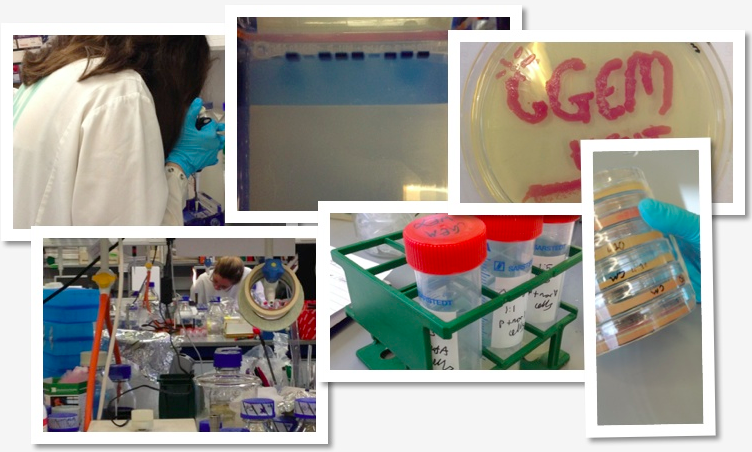Team:Kent
From 2013.igem.org
(Difference between revisions)
| (14 intermediate revisions not shown) | |||
| Line 1: | Line 1: | ||
| + | {| style="color:#BBF7EE;background-color:#CCBEB8;" cellpadding="1" cellspacing="1" border="0" bordercolor="#fff" width="100%" align="center" | ||
| + | !align="center"|[[Team:Kent|Home]] | ||
| + | !align="center"|[https://igem.org/Team.cgi?year=2013&team_name=Kent Official Team Profile] | ||
| + | !align="center"|[[Team:Kent/Team|Team]] | ||
| + | !align="center"|[[Team:Kent/Project|Project]] | ||
| + | !align="center"|[[Team:Kent/Parts|Parts Submitted to the Registry]] | ||
| + | !align="center"|[[Team:Kent/Notebook|Notebook]] | ||
| + | !align="center"|[[Team:Kent/Attributions| Attributions]] | ||
| + | |} | ||
| + | |||
<!--- The Mission, Experiments ---> | <!--- The Mission, Experiments ---> | ||
[[Image:TeamKentBanner.png|center]] | [[Image:TeamKentBanner.png|center]] | ||
| + | <center> | ||
| + | Our environmental iGEM project was first developed from our aspirations to detoxify water and soil from pollutants, and to convert pollutants to useful products using ''E. coli''. As the project progressed we resolved to pursue the conversion of nitric oxide (NO) to ammonia. | ||
| + | We are developing Biobricks to detect NO using the ''norV'' promoter, and to convert NO to ammonia using the nitrite reductase enzyme NrfA of E. coli. As a large amount of NO pollution is caused by fertilizer run off, we intend to target water treatment. Utilising an NO converting bio-reactor will reduce the operating costs of removing NO from the water as well as catalyst contamination of the water supply; furthermore we should be able to produce an ammonia compound which can be utilised in recycled fertilizer production. </center> | ||
| - | |||
| - | + | [[Image:CollageteamkentiGEM.jpg|center]] | |
| - | + | ||
| - | + | ||
| - | [[Image: | + | |
| - | + | ||
| - | + | ||
| - | + | ||
| - | + | ||
| - | + | ||
| - | + | ||
| - | + | ||
| - | + | ||
| - | + | ||
| - | + | ||
| - | + | ||
| - | + | ||
| - | + | ||
Latest revision as of 15:10, 4 October 2013
| Home | Official Team Profile | Team | Project | Parts Submitted to the Registry | Notebook | Attributions |
|---|
Our environmental iGEM project was first developed from our aspirations to detoxify water and soil from pollutants, and to convert pollutants to useful products using E. coli. As the project progressed we resolved to pursue the conversion of nitric oxide (NO) to ammonia.
We are developing Biobricks to detect NO using the norV promoter, and to convert NO to ammonia using the nitrite reductase enzyme NrfA of E. coli. As a large amount of NO pollution is caused by fertilizer run off, we intend to target water treatment. Utilising an NO converting bio-reactor will reduce the operating costs of removing NO from the water as well as catalyst contamination of the water supply; furthermore we should be able to produce an ammonia compound which can be utilised in recycled fertilizer production.
 "
"

